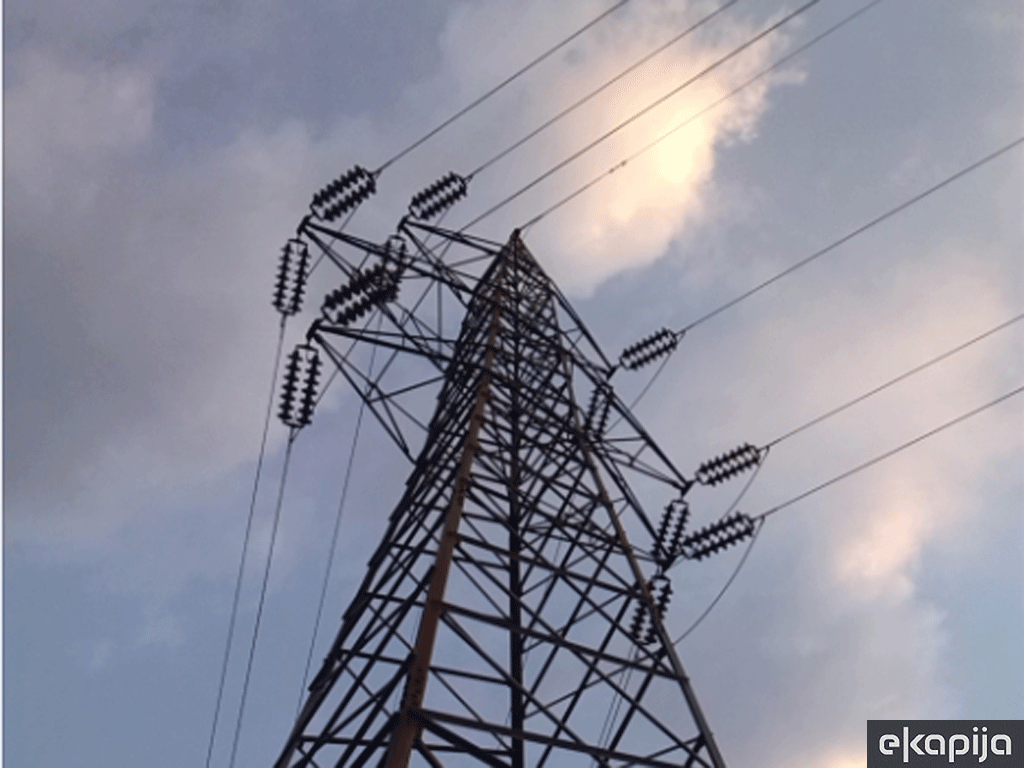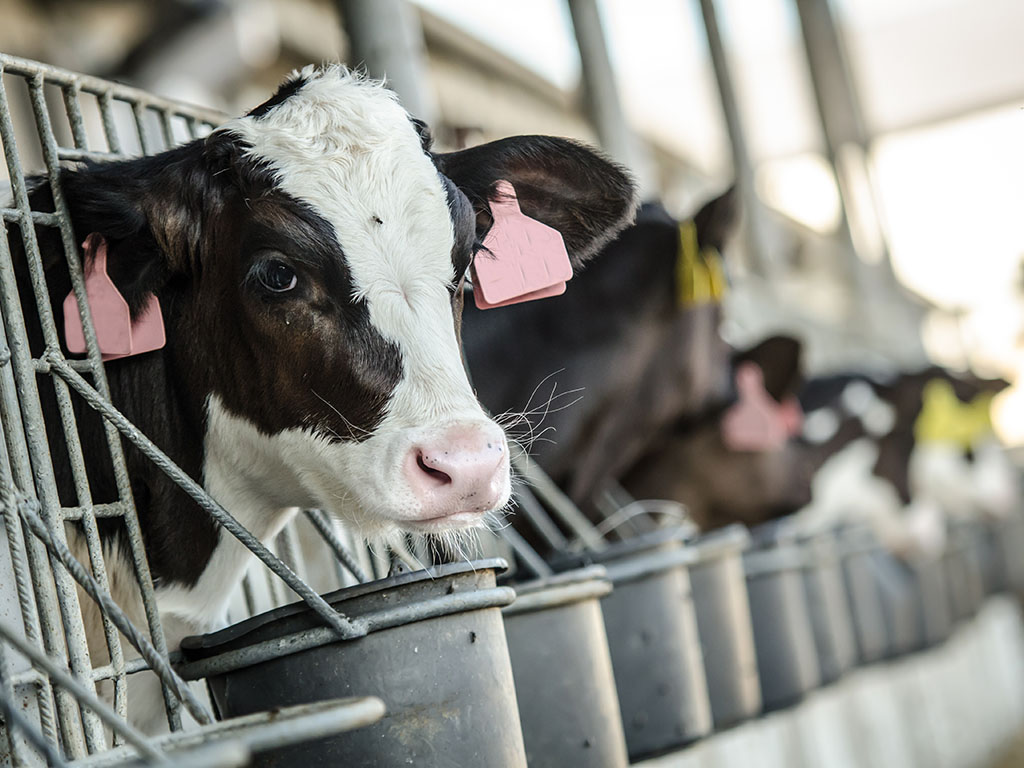Serbia plans further incentives in biogas sector - Feed in tariffs insufficient, local farmers interested in new technologies
The national action plan for renewable energy sources of the Republic of Serbia envisions that a total of 30 MW of capacities for the production of electricity from biogas need to be built by 2020 in order to reach the goal of 27% of electricity production from renewable energy sources (RES).
Last year, investors were active in this sector and six new combined facilities, producing both heating and electrical energy, were built aided by subsidies from the UN Global Environment Facility. Their total value amounts to EUR 22.6 million, and Serbia thereby got 6.32 MW of electricity from biogas.
While the state is announcing further incentives in the biogas sector, producers are asking for the measures to be even more intensive and diversified.
Stimulative purchase prices by the end of 2018
Assistant to the minister of mining and energy, Milos Banjac, believes that the realization of the plan of building capacities of 30 MW by 2020 is realistic, but that it's still a negligible percentage, as the total installed power of Elektroprivreda Srbije (EPS) is 6,300 MW. It's clear, therefore, that Serbia needs to exceed this norm.
The state has therefore prepared a model of stimulating such production through feed-in tariffs, according to which producers of electricity from biogas have the right to stimulative purchase prices for 12 years. In June 2016, the new decree on incentives for electricity production from RES increased the feed-in tariffs for biogas by 30%, raising the purchase price of 12 to 15 cents per KWh to 15 to 18.
– Last year's adoption of the regulation package stimulated the usage of biogas in electricity production and created an even better legal framework, that is, provided a greater security to investors interested in investing in this area – Banjac says and notes that this has lead to the construction of six new combined facilities in Serbia.
The measures will remain in effect by the end of 2018 and new measures should start being considered on time, as concluded at the conference dedicated to the development and the impact of measures on the sustainable development of the biogas sector in Serbia, held on March 1 in Belgrade, organized by the Serbian Biogas Association, the Ministry of Mining and Energy of Serbia and the program of Serbian-German developmental cooperation, implemented by GIZ – Development of Sustainable Bioenergy Market in Serbia.
Future of biogas sector in joining and long-term contracts
Last year, investors were active in this sector and six new combined facilities, producing both heating and electrical energy, were built aided by subsidies from the UN Global Environment Facility. Their total value amounts to EUR 22.6 million, and Serbia thereby got 6.32 MW of electricity from biogas.
While the state is announcing further incentives in the biogas sector, producers are asking for the measures to be even more intensive and diversified.
Stimulative purchase prices by the end of 2018
Assistant to the minister of mining and energy, Milos Banjac, believes that the realization of the plan of building capacities of 30 MW by 2020 is realistic, but that it's still a negligible percentage, as the total installed power of Elektroprivreda Srbije (EPS) is 6,300 MW. It's clear, therefore, that Serbia needs to exceed this norm.
The state has therefore prepared a model of stimulating such production through feed-in tariffs, according to which producers of electricity from biogas have the right to stimulative purchase prices for 12 years. In June 2016, the new decree on incentives for electricity production from RES increased the feed-in tariffs for biogas by 30%, raising the purchase price of 12 to 15 cents per KWh to 15 to 18.
– Last year's adoption of the regulation package stimulated the usage of biogas in electricity production and created an even better legal framework, that is, provided a greater security to investors interested in investing in this area – Banjac says and notes that this has lead to the construction of six new combined facilities in Serbia.
The measures will remain in effect by the end of 2018 and new measures should start being considered on time, as concluded at the conference dedicated to the development and the impact of measures on the sustainable development of the biogas sector in Serbia, held on March 1 in Belgrade, organized by the Serbian Biogas Association, the Ministry of Mining and Energy of Serbia and the program of Serbian-German developmental cooperation, implemented by GIZ – Development of Sustainable Bioenergy Market in Serbia.
Future of biogas sector in joining and long-term contracts
Dragan Zukic of the Biogas Association reminded that Croatia had 30 farms using biogas to produce energy, and that Hungary had several hundred. He believes that the future of the development of this field is in joining together and long-term production contracts.
– Ecologically, fertilizers are the most dangerous and there is currently no better solution for producing with biogas and getting benefits at the same time, as, whenever there's talk about the environment, everybody believes that it's some kind of an expense. When it comes to the technology itself, we are talking about capital investments, from a million to several million euros. I believe that it's not so hard for farms to enter the process, and they should know that the state makes regular monthly payments – Zukic says.
The Ministry of Mining and Energy says for eKapija that a total of nine biogas facilities producing electricity and heating energy, with the total capacity of 10 MW, have been built in Serbia so far. The plan is to continue providing incentives in the biogas sector, but our interviewees, unfortunately, couldn't provide us with a more precise answer regarding the planned measures.
According to experts, the incentives which have been provided so far are insufficient, especially considering the environmental significance of energy produced in this manner. They say that a diversification of incentives is needed as well as for the heating energy to be included in feed-in tariffs.
– Feed-in tariffs need to increase further, but since it's not realistic to expect them to grow considerably, we can work on improving the current decree, for example, by abolishing the limitation of 40% of corn silage utilization in biogas facilities. The usage of new technologies and the production of heating energy should also be stimulated, and agriculturists need to be stimulated to deposit the fertilizers produced at their farms in bio power plants, maybe by paying them for the transport – Danko Vukovic, president of the Managing Board of Biogas Association Serbia, points out.
Franz Hoffman of the German Biogas Association says that it is very important for a more efficient and cost-effective biogas production for the raw materials to be used in the locations they are produced in in order to remove the transportation expenses. When it comes to legislative, he believes that the inclusion of biogas in the Law on Gas should be considered.
– Local farmers are very interested in new technologies which our organization promotes and we hope that, in the years ahead, there will be an opportunity to talk to them about the progress provided by biogas – says Milica Vukadinovic, the project development manager within the program of the Development of Sustainable Bioenergy Market in Serbia,
– Ecologically, fertilizers are the most dangerous and there is currently no better solution for producing with biogas and getting benefits at the same time, as, whenever there's talk about the environment, everybody believes that it's some kind of an expense. When it comes to the technology itself, we are talking about capital investments, from a million to several million euros. I believe that it's not so hard for farms to enter the process, and they should know that the state makes regular monthly payments – Zukic says.
The Ministry of Mining and Energy says for eKapija that a total of nine biogas facilities producing electricity and heating energy, with the total capacity of 10 MW, have been built in Serbia so far. The plan is to continue providing incentives in the biogas sector, but our interviewees, unfortunately, couldn't provide us with a more precise answer regarding the planned measures.
According to experts, the incentives which have been provided so far are insufficient, especially considering the environmental significance of energy produced in this manner. They say that a diversification of incentives is needed as well as for the heating energy to be included in feed-in tariffs.
– Feed-in tariffs need to increase further, but since it's not realistic to expect them to grow considerably, we can work on improving the current decree, for example, by abolishing the limitation of 40% of corn silage utilization in biogas facilities. The usage of new technologies and the production of heating energy should also be stimulated, and agriculturists need to be stimulated to deposit the fertilizers produced at their farms in bio power plants, maybe by paying them for the transport – Danko Vukovic, president of the Managing Board of Biogas Association Serbia, points out.
Franz Hoffman of the German Biogas Association says that it is very important for a more efficient and cost-effective biogas production for the raw materials to be used in the locations they are produced in in order to remove the transportation expenses. When it comes to legislative, he believes that the inclusion of biogas in the Law on Gas should be considered.
– Local farmers are very interested in new technologies which our organization promotes and we hope that, in the years ahead, there will be an opportunity to talk to them about the progress provided by biogas – says Milica Vukadinovic, the project development manager within the program of the Development of Sustainable Bioenergy Market in Serbia,
Potential in heating energy
Assistant to the minister of mining and energy, Milos Banjac, says that electricity production from Biogas is currently the most expensive kind, but it also features the most complex production technology, which justifies the high price.
– The ministry wants biomass to be used with increased frequency for energy purposes, especially fertilizers and polluting matters which are otherwise deposited and create an environmental problem. The decomposition of biomass creates carbon dioxide, regardless of whether the biomass is used or not. The benefits, then, are manifold, but it's still a quite expensive way to produce electricity and heating energy and incentives are necessary – he agrees.
According to him, the production of energy from biogas is quite complex, as constant biomas supply needs to be secured. He also says that the reconstruction of small heating plants was being considered and for them to switch to using wood biomass instead of conventional sources, as there are enough forests surrounding those plants. Five heating plants have already applied, namely, those in Nova Varos, Novi Pazar, Prijepolje, Mali Zvornik and Becej.
More than 9,000 biogas facilities in Germany
The fact that Germany had the longest tradition in the biogas sector was also pointed out at the conference.
– This country is the leader in the field of biogas. There are more than 9,000 biogas facilities in Germany with over 4,500 MW of total installed power. By comparison, in 2013, there were only three agricultural biogas facilities in Serbia – Milica Vukadinovic pointed out.
She said that, by using electricity produced from RES, Serbia was getting closer to the EU environmental standards and increasing revenues on the local level, whereas farms were becoming energy-independent, which could greatly impact operations and planning.
Marko Andrejic
Assistant to the minister of mining and energy, Milos Banjac, says that electricity production from Biogas is currently the most expensive kind, but it also features the most complex production technology, which justifies the high price.
– The ministry wants biomass to be used with increased frequency for energy purposes, especially fertilizers and polluting matters which are otherwise deposited and create an environmental problem. The decomposition of biomass creates carbon dioxide, regardless of whether the biomass is used or not. The benefits, then, are manifold, but it's still a quite expensive way to produce electricity and heating energy and incentives are necessary – he agrees.
According to him, the production of energy from biogas is quite complex, as constant biomas supply needs to be secured. He also says that the reconstruction of small heating plants was being considered and for them to switch to using wood biomass instead of conventional sources, as there are enough forests surrounding those plants. Five heating plants have already applied, namely, those in Nova Varos, Novi Pazar, Prijepolje, Mali Zvornik and Becej.
More than 9,000 biogas facilities in Germany
The fact that Germany had the longest tradition in the biogas sector was also pointed out at the conference.
– This country is the leader in the field of biogas. There are more than 9,000 biogas facilities in Germany with over 4,500 MW of total installed power. By comparison, in 2013, there were only three agricultural biogas facilities in Serbia – Milica Vukadinovic pointed out.
She said that, by using electricity produced from RES, Serbia was getting closer to the EU environmental standards and increasing revenues on the local level, whereas farms were becoming energy-independent, which could greatly impact operations and planning.
Marko Andrejic
Companies:
Ministarstvo rudarstva i energetike Republike Srbije
GIZ Beograd
Akcionarsko društvo Elektroprivreda Srbije Beograd
Udruženje Biogas Srbija
Tags:
Share:






Only logged-in users can comment.


 Izdanje Srbija
Izdanje Srbija Serbia Edition
Serbia Edition Serbische Ausgabe
Serbische Ausgabe Izdanje BiH
Izdanje BiH Izdanje Crna Gora
Izdanje Crna Gora









 LinkedIn
LinkedIn Copy link
Copy link



